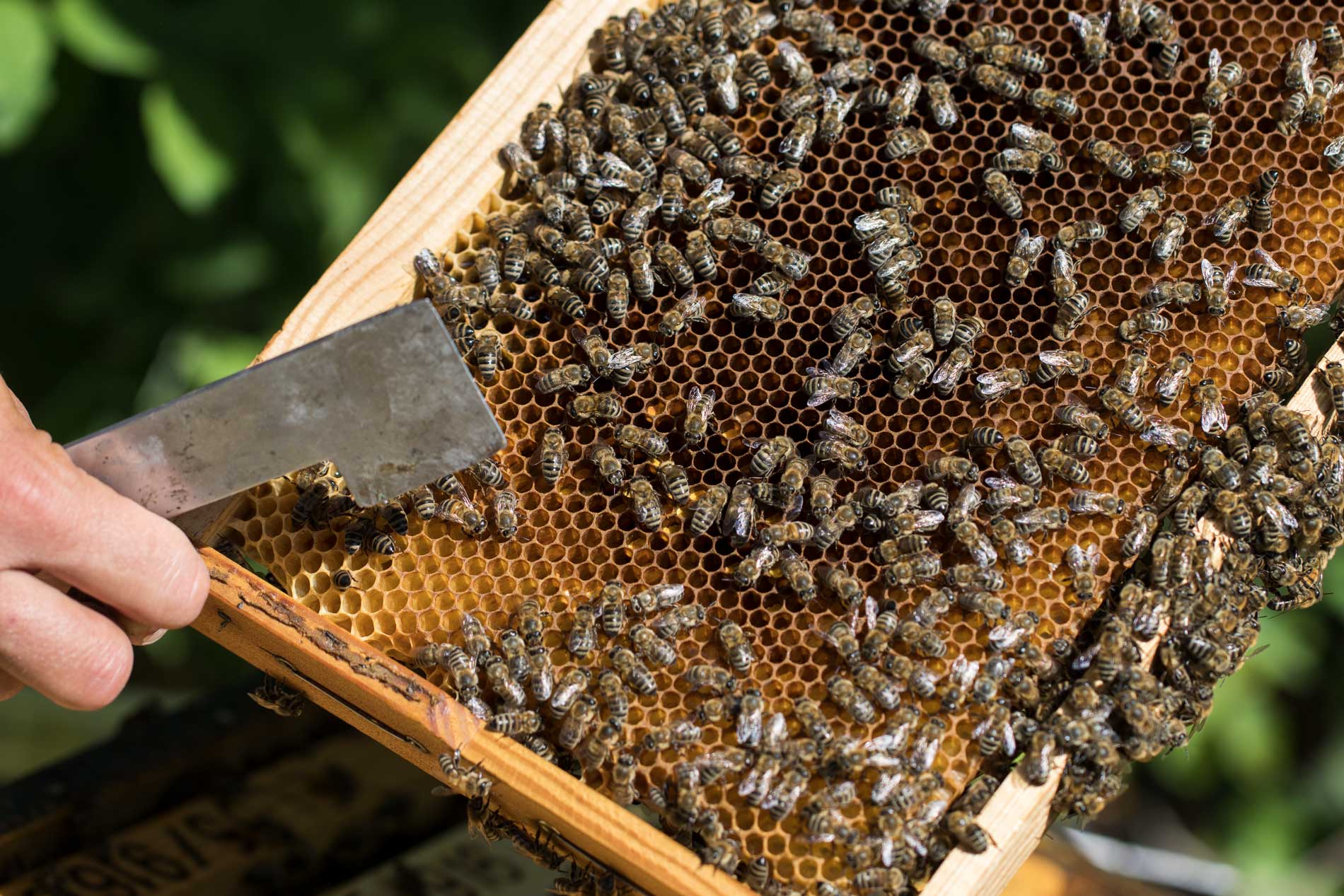
Bee can live without humans, but humans cannot claim the same!
Other nomadic bees live in holes in the interior of trees, trunks, or hollow plant stems. Dead stalks of plants, bark, reeds, leaves, and especially undisturbed soil, are the secret winter homes of solitary bees. A hollow piece of wood is for the workers a safe and comfortable house for wintering over, until springtime comes and they can live in the open air.
Public gardens with nectar-giving trees, foliage with resin and nesting material, native plants, can be simple practices to limit the rapid pace of pollinator loss.
It is essential to be aware of the global bee protection movements, the legislation of the European Commission, the state care in other countries, the scientific research that supports lone bees but also the chemical companies that distribute toxic chemical pesticides.
Saving bees is not a simple matter, but just by accepting the inter-dependency of our existence, we would directly create conscious cooperation for a better, cleaner, healthier and more secure world.